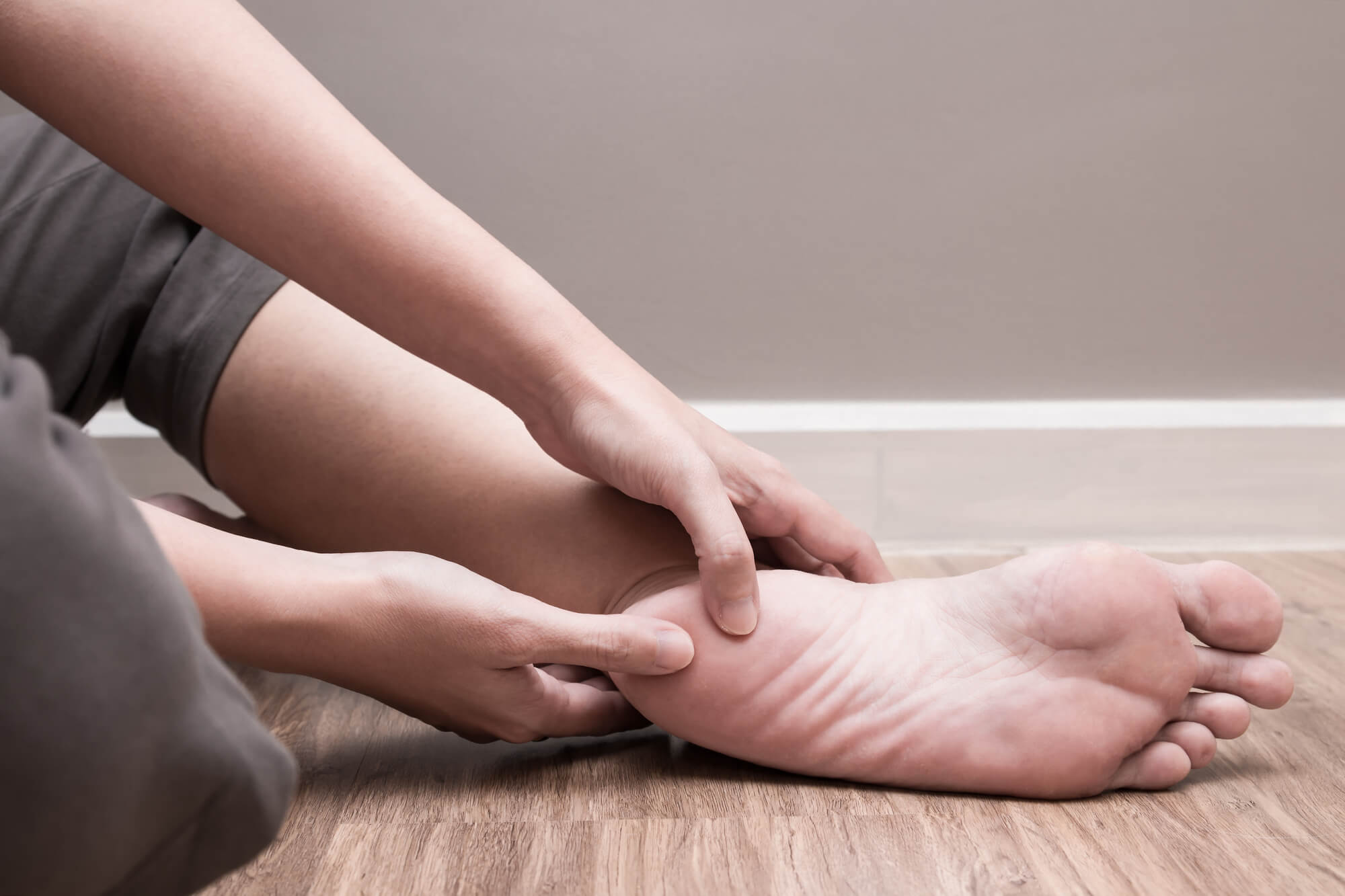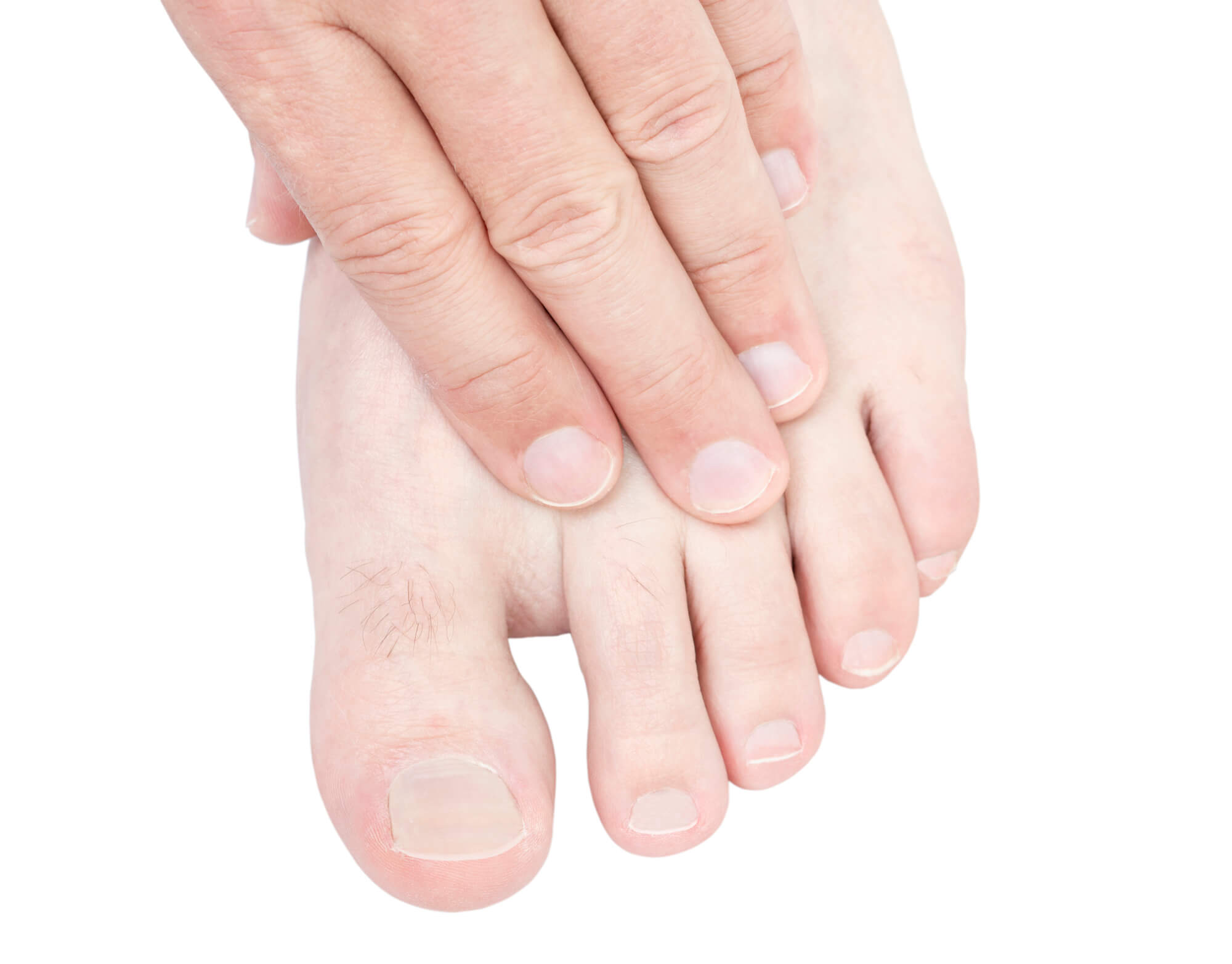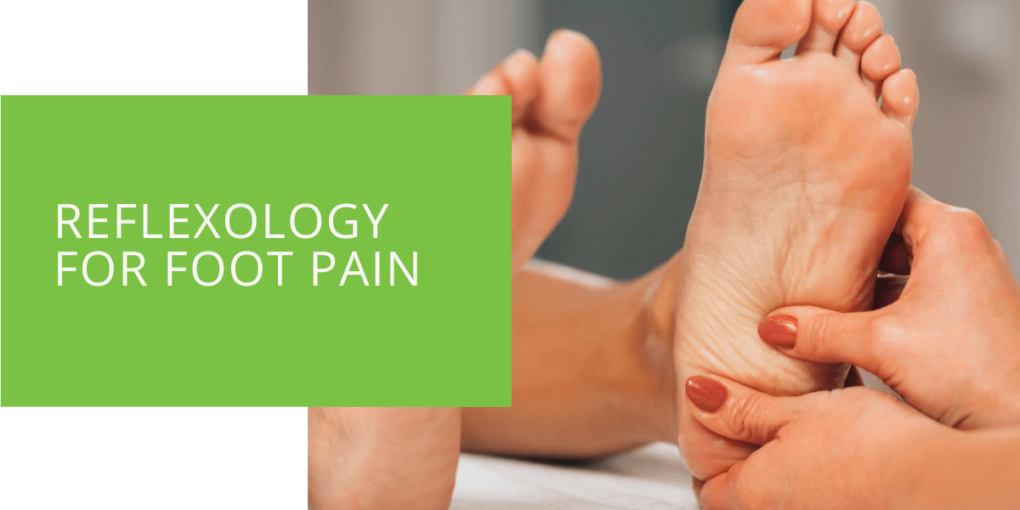Understanding Reflexology for Foot Pain Relief
In today's fast-paced world, foot pain can be a common complaint, affecting individuals of all ages and lifestyles. While there are various treatment options available, one alternative approach that has gained popularity is reflexology. Let's delve into what reflexology is, how it works to alleviate foot pain, and the benefits it offers.
Key Takeaways
- Reflexology involves applying pressure to specific areas of the feet to alleviate foot pain by stimulating corresponding organs or systems in the body.
- Beyond pain relief, reflexology offers benefits such as stress reduction, improved sleep quality, and enhanced emotional well-being.
- Visiting a professional reflexologist can provide personalized foot pain management and complement other therapies for holistic relief and overall foot health.
What is Reflexology?
Reflexology is a complementary therapy that involves applying pressure to specific areas of the feet, known as reflex points. These reflex points correspond to different body areas, including organs and systems. Reflexologists aim to promote relaxation, improve circulation, and facilitate the body's natural healing processes by stimulating these points.
Reflexology is based on the principle that various body parts are interconnected through energy pathways. When these pathways become blocked or imbalanced, it can manifest as pain or discomfort. By applying targeted pressure to reflex points on the feet, reflexologists believe they can restore balance and harmony to the body, alleviating pain and promoting overall well-being.
How Does Reflexology Work for Foot Pain Relief?
Foot reflexology works on the principle that different foot areas are connected to specific body parts. By applying pressure to these reflex points, reflexologists believe they can stimulate the corresponding organs or systems, helping to relieve pain and restore balance. Additionally, reflexology may increase blood flow to the feet, further relieving pain and promoting overall well-being.
When pressure is applied to the reflex points on the feet, it triggers a response in the nervous system, which sends signals to the corresponding parts of the body. This stimulation can help release tension, reduce inflammation, and promote the body's natural healing processes. Furthermore, increased blood flow to the feet can deliver oxygen and nutrients to the affected areas, aiding in the repair and regeneration of tissues.

Benefits of Foot Reflexology
Foot reflexology offers a wide range of benefits beyond just pain relief. Let's delve deeper into each of these advantages:
Stress Reduction and Relaxation
Foot reflexology sessions can induce deep relaxation, helping to alleviate stress and tension accumulated throughout the day. By targeting specific reflex points on the feet, reflexologists can release built-up tension and promote a sense of calmness and relaxation throughout the body.
Improved Sleep Quality
Many individuals struggle with sleep issues, such as insomnia or restless nights. Reflexology has been shown to promote better sleep quality by relaxing the body and mind, reducing anxiety, and promoting a deeper, more restful sleep. By stimulating certain reflex points associated with sleep regulation, reflexologists can help reset the body's natural sleep-wake cycle and promote healthier sleep patterns.
Enhanced Mood and Emotional Well-being
Foot reflexology profoundly affects the mind and emotions, promoting well-being and positivity. By releasing endorphins, the body's natural feel-good hormones, reflexology can uplift mood and alleviate symptoms of depression and anxiety. Reflexology also helps balance the body's energy flow, promoting emotional harmony and stability.
Increased Energy Levels
When the body is in balance and relaxation, energy levels naturally increase. Reflexology stimulates the nervous system and improves circulation, leading to a boost in energy and vitality. By clearing blockages and restoring the body's natural energy flow, reflexologists can help clients feel more energized and revitalized.
Support for the Body's Natural Detoxification Processes
Toxins and waste products can accumulate in the body over time, leading to various health issues. Reflexology helps stimulate the lymphatic system, which removes toxins and waste from the body. By promoting lymphatic drainage and circulation, reflexology supports the body's natural detoxification processes, leaving you feeling refreshed and rejuvenated.
The lymphatic system is crucial in maintaining the body's immune function and overall health. Reflexology techniques such as thumb-walking and finger-walking stimulate the lymphatic vessels in the feet, helping to move lymph fluid throughout the body and eliminate waste products. This process can boost the immune system, reduce inflammation, and enhance overall well-being.
Reflexology Techniques for Foot Pain Relief
During a reflexology session, a trained reflexologist will use various massage techniques to apply pressure to different areas of the feet. These techniques may include thumb-walking, finger-walking, and kneading movements. A reflexology chart maps out the reflex points on the feet and guides the reflexologist in targeting the appropriate areas to address specific concerns.
Reflexologists employ various techniques to address foot pain and promote relaxation effectively. Thumb walking involves using the thumbs to apply pressure in a walking motion along the reflex points of the feet. Finger-walking utilizes the fingers to perform similar movements, while kneading involves gently squeezing and releasing the feet to release tension and stimulate circulation. By combining these techniques with the knowledge provided by reflexology charts, reflexologists can tailor each session to meet the individual needs of their clients.

Why Visit a Reflexologist for Foot Pain?
While foot reflexology can be practiced at home using self-massage techniques, visiting a professional reflexologist offers several advantages. Reflexologists undergo extensive training to develop skills and understand the body's reflex points. You can benefit from their expertise and personalized approach to foot pain management by seeking treatment from a reflexologist.
Professional reflexologists deeply understand the human body and its interconnected systems. They are trained to identify specific reflex points contributing to foot pain and tailor their treatments accordingly. Additionally, reflexologists can provide valuable insights and advice on lifestyle changes and self-care techniques to complement their treatments and promote long-term foot health.
Incorporating Reflexology into Your Foot Pain Management
If you're experiencing foot pain, consider incorporating reflexology into your pain management routine. Regular reflexology sessions can help alleviate discomfort, promote relaxation, and improve overall foot health. Additionally, you can complement reflexology with other therapies such as massage, stretching exercises, and proper footwear to enhance the effectiveness of your treatment plan.
Integrating reflexology into your foot pain management routine can provide lasting relief and support for your overall well-being. By scheduling regular reflexology sessions, you can address underlying imbalances in the body and prevent future occurrences of foot pain. Furthermore, incorporating complementary therapies such as massage and stretching can help maintain flexibility and mobility in the feet, reducing the risk of injury and discomfort.
Foot Massage vs. Reflexology
While both foot massage and reflexology involve the manipulation of the feet for therapeutic purposes, there are key differences between the two practices.
Foot Massage
Foot massage, also known as foot reflexology massage, primarily focuses on relaxing the muscles and tissues of the feet through kneading, rubbing, and pressing techniques. The primary goal of a foot massage is to alleviate tension, promote circulation, and provide a sense of relaxation and well-being. Unlike reflexology, foot massage does not target specific reflex points on the feet that correspond to other parts of the body.
Reflexology
On the other hand, reflexology is a more specialized form of foot therapy that involves applying pressure to specific reflex points on the feet. These reflex points correspond to different organs, systems, and body parts. Reflexologists aim to promote balance and harmony within the body by stimulating these reflex points, alleviating pain and discomfort, and supporting overall health and well-being. Reflexology sessions are often more structured and focused, with the therapist using a reflexology chart to guide their techniques.
While foot massage and reflexology share some similarities, such as promoting relaxation and improving circulation, their underlying principles and techniques differ. Foot massage tends to be more general and focused on relaxation, while reflexology is more targeted and aims to address specific health concerns by stimulating reflex points. Both practices can be beneficial for relieving foot pain and promoting overall well-being, but individuals may prefer one over the other depending on their preferences and health goals.
Conclusion
Reflexology offers a holistic approach to foot pain relief that focuses on stimulating the body's natural healing mechanisms. At ePodiatrists, we recognize the benefits of reflexology in promoting overall well-being and relieving foot pain. Whether seeking relief from chronic discomfort or simply looking to relax and rejuvenate your feet, our experienced reflexologists are here to help. Schedule a reflexology session with us today and take the first step towards healthier, happier feet.

